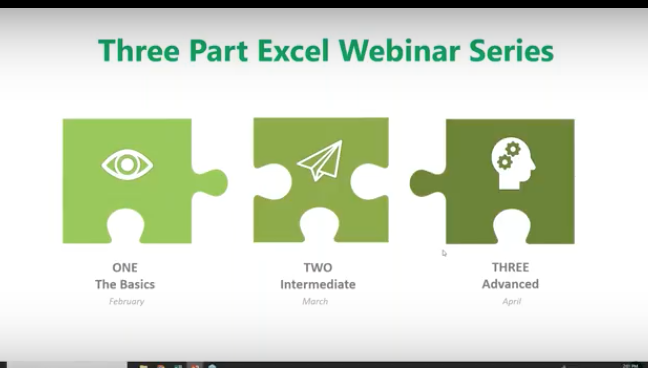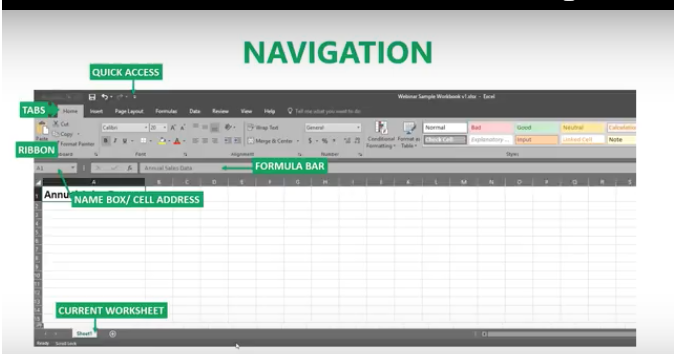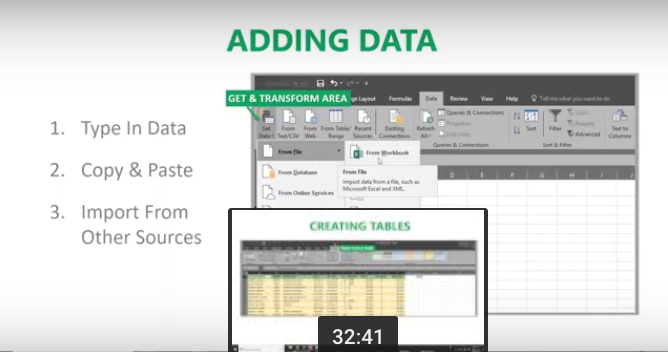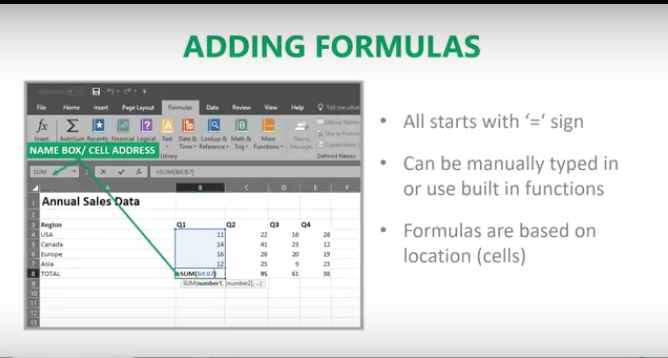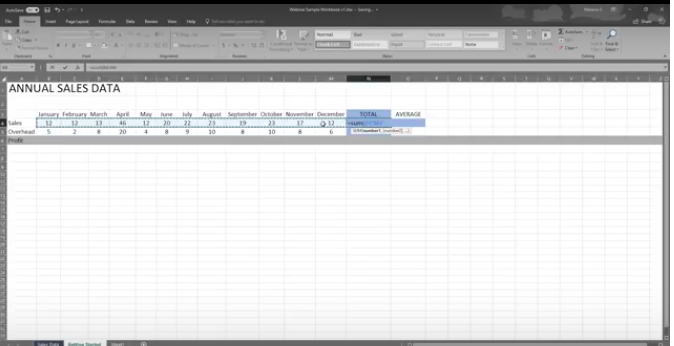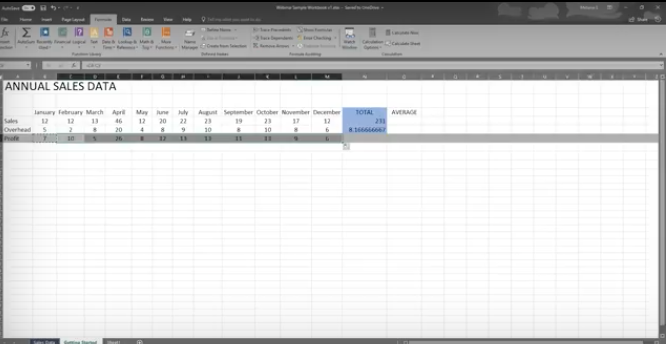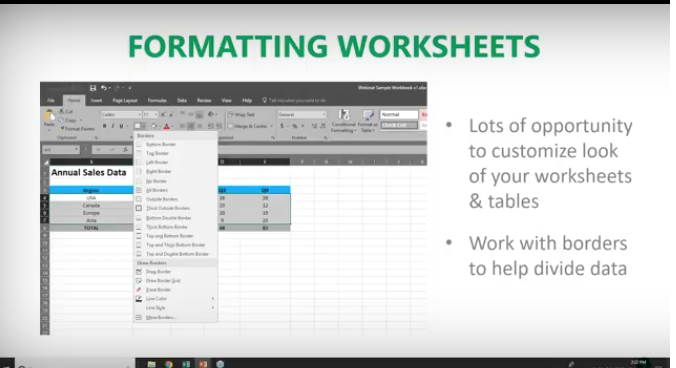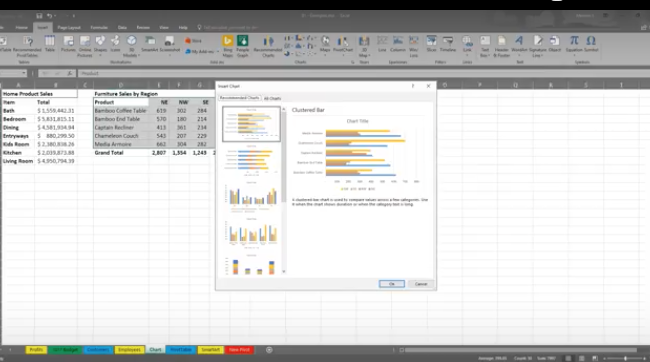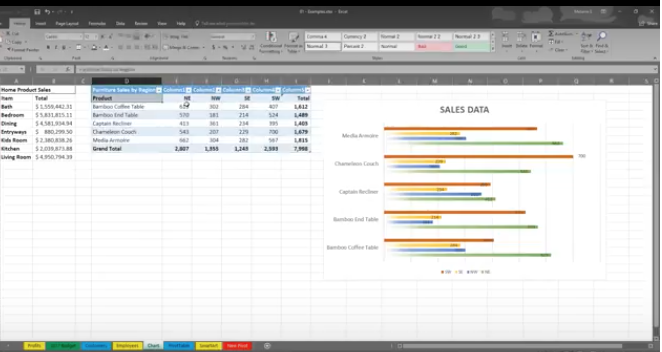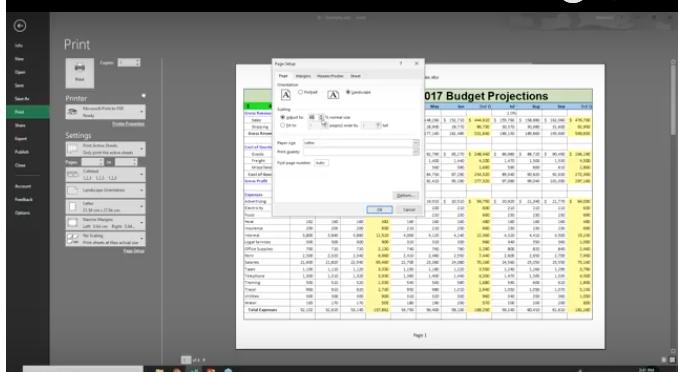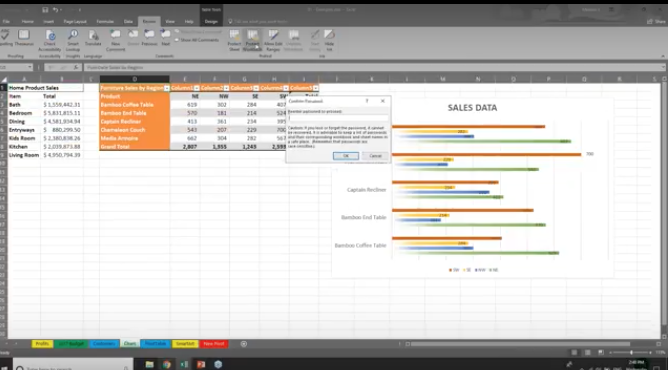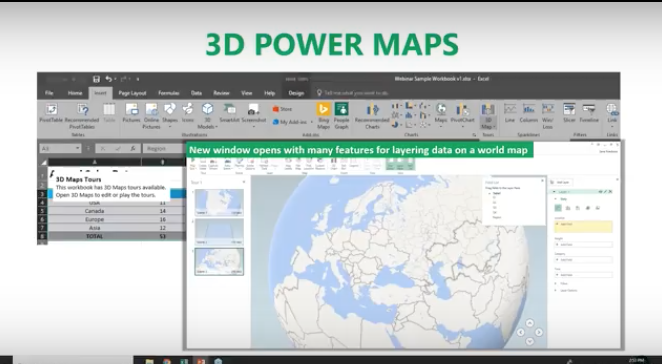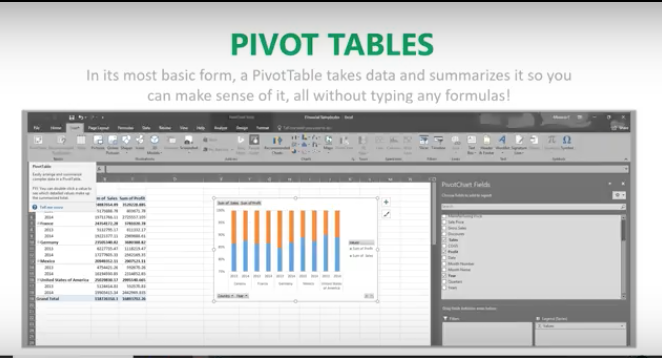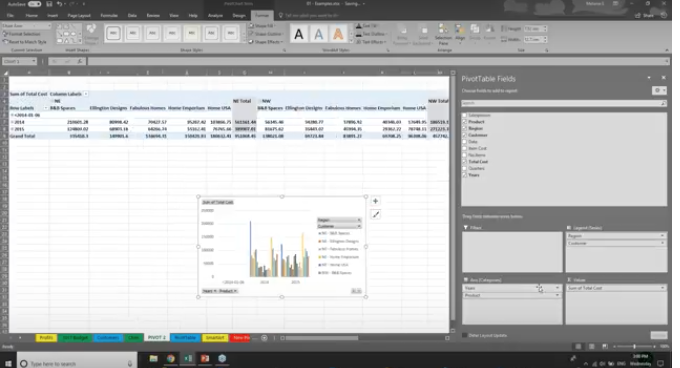Hiring an IT Company? Make Sure You Ask These 25 Essential Questions!
Selecting a company to maintain your technology is one of the most important decisions you can make for your business. You must find the most competent and reliable IT support provider in your area.

How do you know if the IT company you’re considering is right for your business?
Some technology companies call themselves the best, but they haven’t kept up their certifications. This is important because the latest certifications validate the skills that their techs learned in their training. With all the cyber threats and new IT solutions today, it’s critical that your IT provider is up to date on their skills.
Don’t just pick a company off the Internet because they’re the closest one to you. Do your research to find out if they are truly qualified to protect your data and meet your organization’s unique IT needs.
The following are some key questions that you should ask any IT provider you’re considering for your business.
- What are your staff’s qualifications and certifications?
The right IT company should be able to provide you with information regarding the certifications held by their staff and relay how these will meet your needs.
- How long have you been providing technology services? They should have a minimum of three years of experience in the service, support, and solutions you require.
- What Partner Certifications and Technical Specialties do you hold? Ask, for example, if they are certified on Apple devices and Microsoft solutions. Also, ask if they can provide you the latest hardware and software products at the best price.
- Do you require continuous training of your IT techs? This is the only way to ensure technicians have the most recent certifications.
- What industries have you worked in?
Find out if they’ve worked in industries similar to yours. If not, determine if the work they’ve performed for others aligns with your needs. - How well do you understand the business applications we use?
Your business may have specially-built applications to handle needed workflows. Your IT provider should understand how your business technology works and be able to support it.
- How large is your IT company?
If they are a small company, you’re more likely to be high on their priority list. However, larger IT companies typically offer a broad knowledge base and capabilities. Plus, their available resources may be more expansive. You must weigh the benefits of each and decide which is best for your business.
- What kind of customer service can we expect? Do they offer 24/7 service with a live person on the other end of your call, chat or email? Is their help desk staff qualified to address your issues immediately? If they can’t resolve your problems over the phone or online, how long will it take for a tech to visit your business?
- Is your onsite service response time backed by a written Service Level Agreement (SLA)? A certified, professional IT company will put what they offer in writing. They should offer managed services with service-level guarantees. What is their “on-time” guarantee? Their SLA should include this as well as information about how you’ll be compensated if they continually show up late, or if they don’t meet the standards detailed in the SLA.
- What is and isn’t covered by your service contract?In addition to what they do provide, find out what they don’t. Do they provide fixed-fee services? Are there extra costs, and if so, what are they? Avoid using IT companies that are only interested in fixing what breaks and selling you equipment. You deserve an IT partner who will work diligently to give you and your employees an IT infrastructure that is secure, reliable, and enhances productivity.
- Do you offer outsourced CIO Services? Having an Outsourced CIO means your technology will meet your business needs now and into the future. Their CIO should be able to:
- Develop an understanding of your business and technology infrastructure.
- Provide recommendations for IT solutions that will promote your success and grow with your business.
- Construct a Strategic Plan that aligns with your budget.
- Conduct ongoing evaluations and provide IT performance metrics on a monthly basis.
- Will you monitor our IT system around the clock? This prevents downtime because they will detect problems early before anything fails.
- What security services do you offer? How will you protect my interests?Cybercrime is on the rise, and your data must be safeguarded. They must provide up-to-date cybersecurity solutions to protect your computers and network from unauthorized access, malware, phishing, viruses and other forms of cybercrime.
- Can you monitor our network for cyber intrusions and threats? With all the security incidents today, 24/7 security monitoring is essential.
- Do you provide Mobile Device Management? When you or your employees use your laptops, tablets or smartphones for business outside of your workplace, they are vulnerable to theft and malware from public Wi-Fi and more. You need the assurance that your data can be remotely wiped from any device if necessary.
- Do you perform Risk Analyses and Vulnerability Assessments? Your business may require this to stay compliant with government or industry regulations. Plus, this will detect any “holes” in your computer and network security that hackers can take advantage of.
- Do you provide Backup and Recovery Solutions? You need both an onsite removable backup solution and an offsite one (in the Cloud) to ensure you will have access to your data if it’s stolen, corrupted, accidentally deleted, or damaged due to a flood, fire or another emergency.
- What’s included in your Disaster Recovery Plan?
This is extremely important. Be sure to ask about site visits and audits to estimate the recovery time and the impact of a potential failure. Do they have a reliable process in place? How often do they test the disaster recovery plan? Is their staff knowledgeable and ready to react under the worst possible conditions? Also, make sure they can regularly provide the results of disaster recovery tests.
- Will you provide ongoing Security Awareness Training for our employees? Cybercriminals are constantly developing new techniques to trick your users into downloading malware or releasing confidential information and credentials. It’s critical to conduct recurring and updated security training to ensure your employees recognize these threats and know what to do to prevent exposing your data.
- Will your IT professionals communicate with our staff in “plain English?” They should be able to relay information in a way you and your employees can comprehend.
- How do you stay informed about evolving technologies? Do they attend industry events to update their skillsets?
- Will you migrate us to the Cloud and help us understand how to use cloud solutions? Make sure your IT provider can help you and your employees understand the Cloud, it’s benefits and risks. They should be able to help you find the right cloud services for your unique business needs.
- Can you offer us different types of cloud solutions? Do they provide:
- A Public Cloud, so you can securely share space with other clients?
- A Private Cloud that is dedicated only to your use?
- A Hybrid Cloud which is a combination of a private and public cloud?
- How much will cloud migration cost? Migrating your workflows and data to the cloud can provide many benefits, including cost savings, and increased productivity. However, you should ask how much cloud migration will cost, including associated expenses such as maintenance and support.
- Do you have any case studies or testimonials from existing clients that I can read? Can I contact them? Would you hire a new employee without checking their references? Of course not. So, you should do so with your IT provider. Contact some of their existing clients to find out what you need to know.
Hiring an IT Company? Make Sure You Ask These 25 Essential Questions! Read More »



